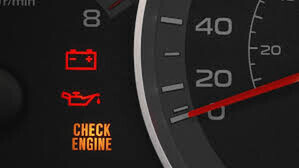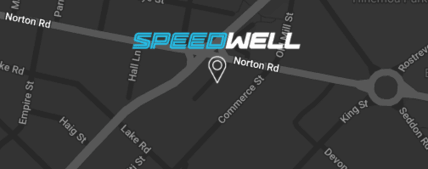The check engine light (CEL) can be a bit of a mystery for car owners. While it might seem like a minor issue, taking it seriously and understanding what it could mean for your car is important.
Common Reasons for the Check Engine Light
Here are some of the most common causes for your check engine light to turn on:
1. Faulty Oxygen Sensor
Your car has oxygen sensors that monitor the air-fuel mixture in the engine. If the sensor is faulty, your car’s fuel efficiency can decrease, and the engine might not run as smoothly.
2. Malfunctioning Catalytic Converter
A malfunctioning catalytic converter affects your car’s ability to reduce emissions and can lead to poor engine performance. It’s a more serious issue, and repairs can be expensive.
3. Worn-out Spark Plugs or Ignition Coils
Spark plugs and ignition coils are essential for starting your engine. If they wear out, your engine may misfire, triggering the check engine light.
4. Mass Air Flow Sensor Issues
The mass air flow sensor monitors the amount of air entering the engine. If it gets dirty or breaks, the engine can run rough or experience poor fuel economy.
5. Engine Problems
More serious issues like engine misfires, low compression, or vacuum leaks could also cause the light to turn on. These are typically signs that need immediate attention.
What Should You Do?
If your check engine light comes on, don’t ignore it. Even if the car seems to be running fine, a quick diagnostic check at our workshop can pinpoint the issue. Sometimes, the light could indicate a simple problem, but it might be a sign of something more serious in other cases.
The check engine light is a valuable warning that shouldn’t be overlooked. We can run a diagnostic scan and test to determine what’s going on and recommend the appropriate repairs. If you would like to book a time to check out your vehicle, click here










